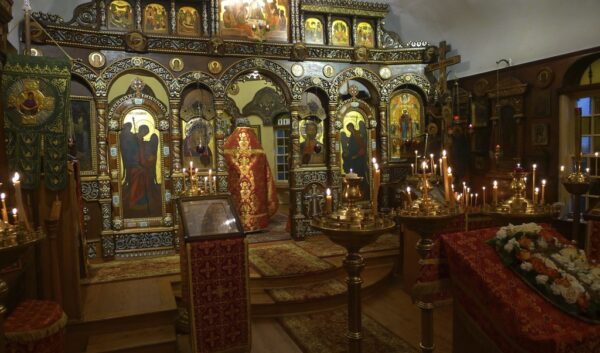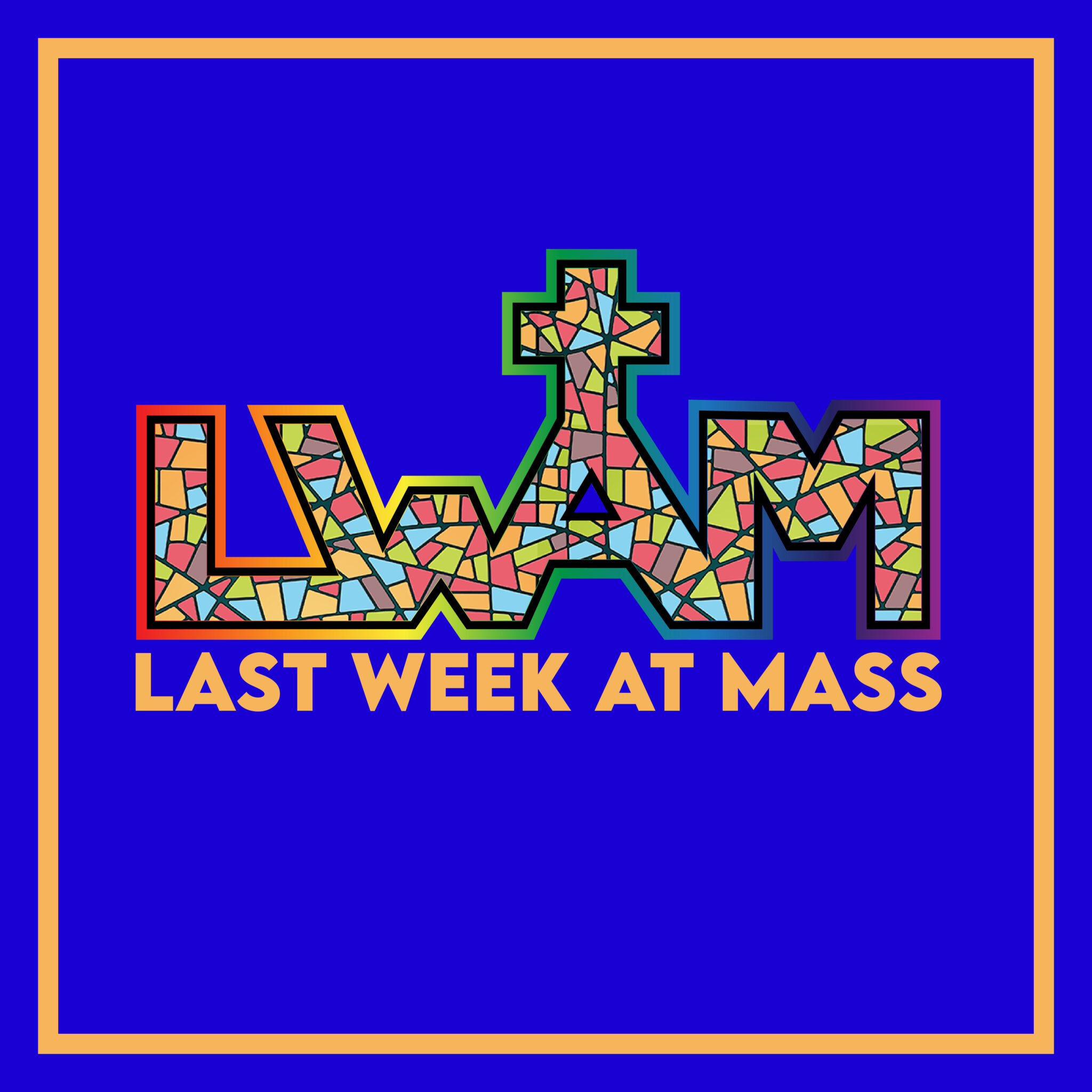Article by Phoenix writer Victoria Vakser ’26:
“Blessed is the Kingdom of the Father, and the Son, and the Holy Spirit, now and ever, and unto the ages of ages!”
With these words the lights came on, the choir sang a majestic “Amen,” and the Orthodox Divine Liturgy began.
March 9th (or February 24th according to the Church calendar) was the first Sunday of Great Lent– the Triumph of Orthodoxy. After long penitential services every day of the week before, the splendor and majesty of this feast was like a beacon in the midst of the dark days of repentance and sorrow. A beautiful icon of Christ on the right and the Holy Virgin on the left was set in the center of the church for all to venerate.
The choir sang the troparion, or the hymn, of the feast. As the faithful walked around the church, kissing the icons, the words rang out clear: “We venerate Thy most pure image, O Good One…”
Joy and thankfulness flooded my heart for being able to be a part of it all.
I am Russian Orthodox. I was baptized and confirmed at one month old, and I received my first communion the next day. I was named in honor of the saint whose name I was given at my Baptism/Confirmation: Holy Martyr Victoria of Nicomedia.
 I would say my church is a second home, but it’s even more than that. Whenever we go away, I am always sure to get homesick– not for my house, but for our church! There is something so incredible about being in God’s house, praising Him, surrounded by the people I hold dearest. Nowhere can one find a place so full of unremitting love as a church.
I would say my church is a second home, but it’s even more than that. Whenever we go away, I am always sure to get homesick– not for my house, but for our church! There is something so incredible about being in God’s house, praising Him, surrounded by the people I hold dearest. Nowhere can one find a place so full of unremitting love as a church.
I am lucky because I am part of a very small parish– on Sundays we get about thirty to forty people and on Saturdays hardly fifteen. Many of the families in our church have been intertwined for generations. Everyone is so kind and sympathetic, and everyone knows the goings-on of everyone else. For example, a few weeks ago our priest moved the Saturday service an hour earlier so that the whole parish could come see me in the Spring play! It was a complete surprise and shows what a rare gem of a parish I have.
The Orthodox Divine Liturgy is intrinsically similar to the Catholic Mass, but at first glance there are a lot of stark differences. For one, our church, like most others, is covered from the ceiling to the floor in depictions of saints, angels, feasts, and the like. Some churches have these painted directly onto their walls; ours are on wooden icons that hang everywhere. Some of them contain the relics of the saint they depict. It is said that during a certain part of the Liturgy, all the saints depicted in the icons come into the church and stand alongside the faithful. (Some people have even felt like they were being crowded or jostled when there was no one to be seen near them!)
Around these icons are numerous candle stands. During certain parts of the service, when it is permissible to sit or walk around, the faithful can buy a candle for a few dollars and place it in one of the stands. The candles stay lit the whole service. There are some parts when the lights are turned off in the church; at those times, it feels particularly holy and significant to stand in just the candlelight and pray.
Our services are also longer than the Catholic Mass. It’s a very unique feeling to exit the church, happily tired, after two to three hours of prayer and worship. One never fails to leave with a sense of peace and accomplishment.
The feast of the Triumph of Orthodoxy celebrates the end of iconoclasm, the practice of destroying icons. It is a reminder to all of us of how special our faith really is. Few religions besides Catholics and Orthodox Christians give the saints the respect they deserve. Our icons are an incredible gift from God to make Him, His Mother, and His saints closer to us. There have been so many instances of icons bleeding, streaming myrrh, renewing themselves, healing illnesses, disappearing and reappearing elsewhere, and the list goes on and on. People go on pilgrimages all over the word to experience their miraculous power. I’ve been blessed enough to have seen a few of them in my lifetime.
The Orthodox Church has changed very little from the Church established by the apostles. If you happen to walk in, you might think, “Why is an early church patriarch standing in the altar?” The careful preservation of dogma, the respect for tradition, and the unfailing love of the faithful for their Church is what has kept her alive for two thousand years. My faith is priceless and I pray that I might value it forever.






